Buick is a very familiar American car brand. It has been through 110 years since its birth in 1903. Now let’s review the Buick’s century-old car brand story, which happened during the development process. The story is divided into four parts, and this article is the first part.
Birth of Buick (1903-1904)
The founder of Buick was David Dunbar Buick, who was born in Arbroath, Scotland in 1854. When he was two years old, he moved to the United States with his family and settled in Detroit, Michigan. At the age of 15, Buick entered Alexandria, a company specializing in the production of pipeline equipment. During this time, he also worked as an apprentice at the James Florer Brothers Machinery Store, and Henry Ford also worked as an apprentice in the same store in the past.

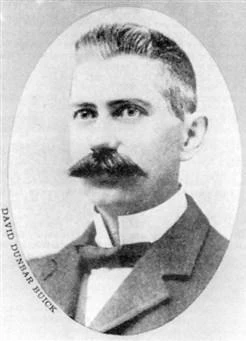
When Alexandria went bankrupt in 1882, Buick and his friend William Sherwood took over the company and renamed it Buick Sherwood. Buick was not only a businessman but also an inventor. He applied for 13 invention patents for pipeline equipment between 1881 and 1889. The most important invention of Buick was the creation of an annealing process for attaching ceramics to cast iron, thereby producing various sanitary equipment such as enamel bathtubs, enamel water tanks, and enamel toilets.

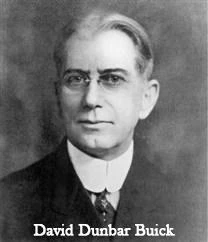
In 1895, Buick had a strong interest in the internal combustion engine and began to try to develop. In 1897, he manufactured and sold a number of agricultural engines with side valve designs. Buick spent less and less time on Buick Sherwood, which made his partners extremely dissatisfied. They eventually resold the company for $100,000 in 1899. Then, Buick set up a new company, Buick Automation Power, which produced 20 engines per day.

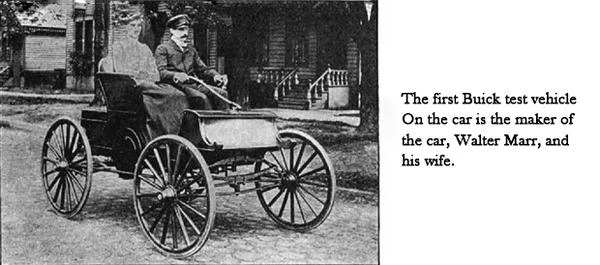
Soon Buick began to expand the company’s business, in addition to fuel, gasoline engines and motor boats, but also began to try to build cars. The genius mechanic Walter Marr built the first experimental Buick in 1900. It was reported that the car is driven by a horizontally placed single-cylinder water-cooled engine with an internal diameter of 101.6mm and a stroke of 127mm. There was a chain drive device on the car and adopted a piezoelectric ignition. The car has a three-point fixed suspension, a horse wheel with a diameter of 1110mm and a spring on the axle.

Marr really liked this car and eagerly longs for Buick to see it. One day, Marr succeeded in bringing the boss to the workshop. They took the Buick to test drive, but one of the parts was stuck and the car went out. Finally, Buick leaved impatiently. Marr was extremely annoyed at the cold reception he suffered, so he proposed to resign. The two eventually parted ways in 1901, and at this time Buick’s company had no money. He took the initiative to sell the Buick test car to Marr, and the transaction price was $225. From the end of 1901 to the beginning of 1902, Buick Automation Power was reorganized into a Buick manufacturing company.
Although the new company was already producing several different types of engines, Buick was still concerned about the development and production of new engines. In the end, engineers Eugene Richard and others designed a revolutionary overhead valve engine. This was a single-cylinder water-cooled engine with a maximum power of 6.6 hp. The engine cylinder has an inner diameter of 127 mm and a stroke of 152.4 mm. The overhead valve diameter was 50.8mm and the crankshaft length was 38.1mm. The flywheel diameter was 533.4mm and the weight was 124kg.


It didn’t take long for the Buick manufacturing company to be heavily in debt. With the help of friend Benjamin Briscoe, the company was reorganized into Buick Motor Company on May 19, 1903, and sold to James Whiting in the same year. Under the leadership of Whiting, the company moved from Detroit to Flint, but he did not lead the Buick Motor company out of the trough. In April 1904, Marr returned to Buick. In August of the same year, the first model named after Buick, the Type B, was officially launched.

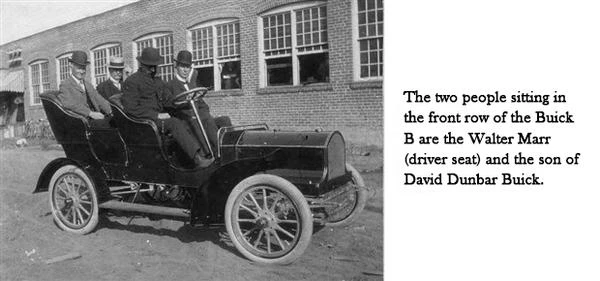
A total of 35 Buick B models were built. The early version uses a blue-purple wooden body and yellow wheels, with a wheelbase of 2108mm and a weight of 760kg. It is powered by a 2.6L twin-cylinder engine with a maximum power of 15 hp and is priced at $950. The later version uses a blue-black wooden body with yellow wheels, a wheelbase of 2,184 mm, a weight of 771 kg, a maximum power of 22 hp, and a price of $1,200.
Established General Motors on the basis of Buick (1904 – 1908)

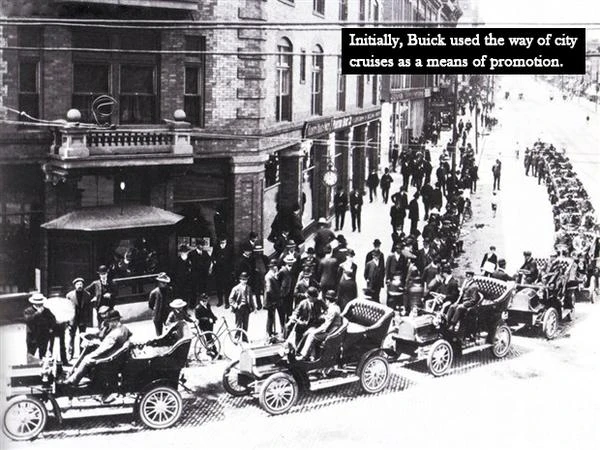
On November 1, 1904, Buick Auto was transferred to William Durant, who brought Buick to the right development direction. Durant didn’t spend money on advertising, but instead found a few Buicks to drove through the city of Flint and ring the horn, which caught people’s attention. On the other hand, Durant was also aware of the focus that bring by the Participation in the racing event. On Thanksgiving Day, Buick participated in the Eagle Rock Mountain Climb Race and created a speed record for the same group. At the same time, Buick began trial production of the C-type car as an improved version of the B-type car.

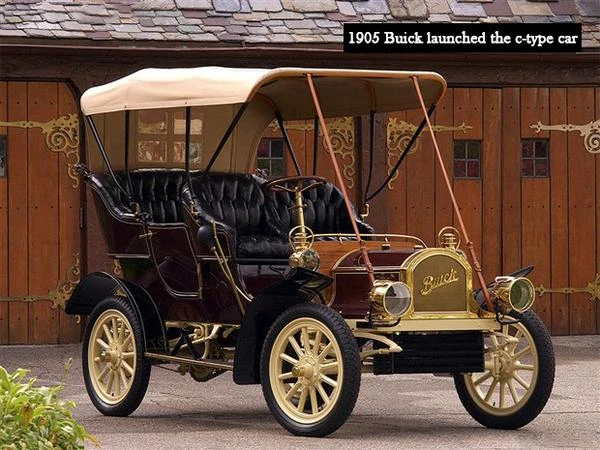
In January 1905, Buick took part in the New York Auto Show and received orders for 1,108 cars. In the same year, the Buick C was officially mass-produced. The car was made of wooden body and ivory hub. The wheelbase was increased to 2210mm and the weight was 839kg. The foot brake and the canvas canopy with side curtains were optional. There were totally produced 750 vehicles. In this year, the Buick team with Louis Chevrolet (the Chevrolet brand founder) and Bob Berman (the Indy 500 champion) set a speed record in at least three events. In addition, Buick also exported to the UK for the first time.


In the next two years, Buick developed the first four-cylinder car, the D-type. The car’s powertrain is powered by a 4.2-liter carburetor engine, which is known for its high durability and power, and is matched with a 3-speed manual transmission. The body of the Buick D is based on wooden carriages, and the chassis and wheels are made of a large number of wooden structures. The car is hand-built and complemented by a polished metal band, with a weight of 1021kg. The 1907 Buick D-type has a total of 523 units and is priced at $2,000. A total of 543 vehicles were built in the 1908 Buick D-type, priced at $1,750.
The annual production of Buick increased from 37 in 1904 to nearly 5,000 in 1907, and the company’s capital increased from 75,000 to 2.6 million. In 1908, Buick became the largest automaker in the United States with 8,820 sales, more than the combined sales of Ford and Cadillac.


At that time, Durant hoped to end the coexistence of hundreds of American auto companies. On the basis of Buick Motors, Generic Motors was founded on September 16, 1908. Soon GM merged companies such as Oldsmobile, Oakland (the predecessor of Pontiac) and Cadillac. In order to attract public attention, GM also cooperated with White Star Shipping Company to build the world’s largest Ocean Liners Titanic.

